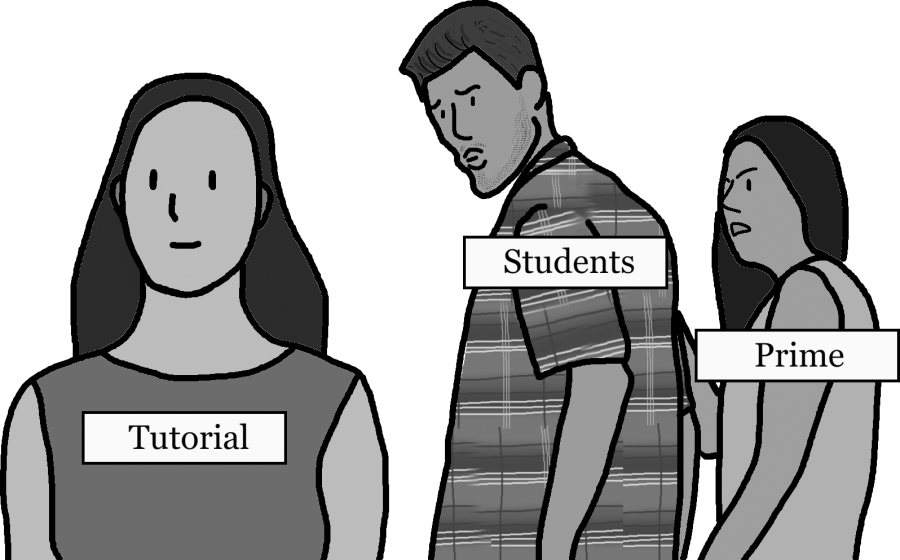Tutorial during the 2018-2019 school year was a useful period where students could see teachers twice a week and ask questions about class content and homework. PRIME, its replacement this school year, occurs once a week on Wednesday and has similar potential. But the way it has been implemented so far makes it a time-filler apparently put in place so students receive the required number of state-required instructional minutes. With its rigid structure and futile auto-scheduling system, what has the potential to be a useful resource to students has instead become a waste of time.
One of the biggest problems with PRIME is its inflexibility. Students must decide which teacher to see by Monday, meaning if during class on Tuesday or Wednesday I have questions for another teacher, I have to wait until the following Wednesday to ask them.
I had a math quiz on a Tuesday and struggled with some of the questions. But since I had already signed up to see a different teacher and couldn’t change my PRIME location after Monday, a week went by before I was able to ask my math teacher those questions.
Another problem with the current PRIME system is it is only scheduled once a week. PRIME has the potential to help students gain a better understanding of course material, but 50 minutes a week is just not enough time to do so, especially since in any given class, there are several students in line to talk with the teacher.
This means each student only gets a few, unpredictable minutes a week with a teacher one-on-one. This problem is exacerbated by the fact that students can only go to one class per PRIME period; if your choice for PRIMEhas a lot of students in it, you are stuck in that room and may not even be able to talk to the teacher during the period. If students were able to move between classes during PRIME, we would be able to optimize the time we spend with a teacher.
This combination of PRIME failures forces students to cram for tests, barely comprehending the material and then forgetting all of it after the test. It does not support learning or student achievement and limits teacher-student interaction, ultimately resulting in a not only ineffective but detrimental use of time for students.
PRIME supporters say the sign-up system and rigid rules around students being in one class during PRIME are necessary so students don’t cut or leave early. The problem with this argument is that it’s trading the potential usefulness of PRIME for making sure a small minority of students don’t break the rules. A small group of students making bad choices should not control everyone else’s education.
Paly has changed the process for Flex/Tutorial/PRIME every year for the past four, and it’s time to stop experimenting with systems that don’t work. We need to go back to the Tutorial system we used in the 2018-19 school year and keep it that way.
Under this system students weren’t required to sign up for a class days in advance but still had the option to secure a spot with a specific teacher if they wanted to. If students didn’t have a teacher they needed to see, they could spontaneously choose somewhere with friends, sign in, and work together.
Allowing students the choice of which teachers they need to see during PRIME is key to cementing understanding of important concepts and helping students succeed. The current system of PRIME, if tweaked in the right ways, could provide the time and space for that deep learning to happen. The way it is now is hurting students more than it is helping them, and with all of its issues something needs to be done to change it.

